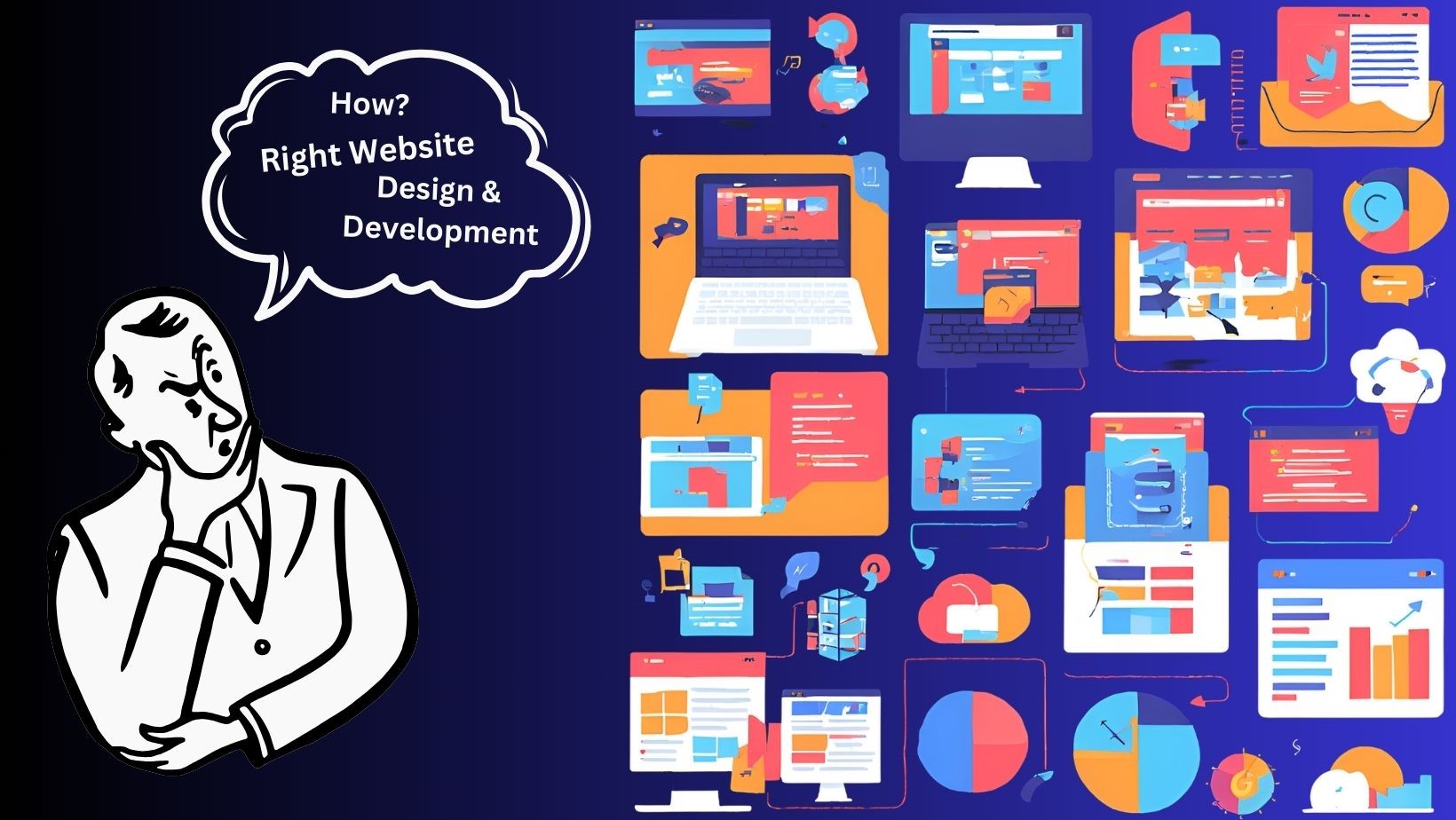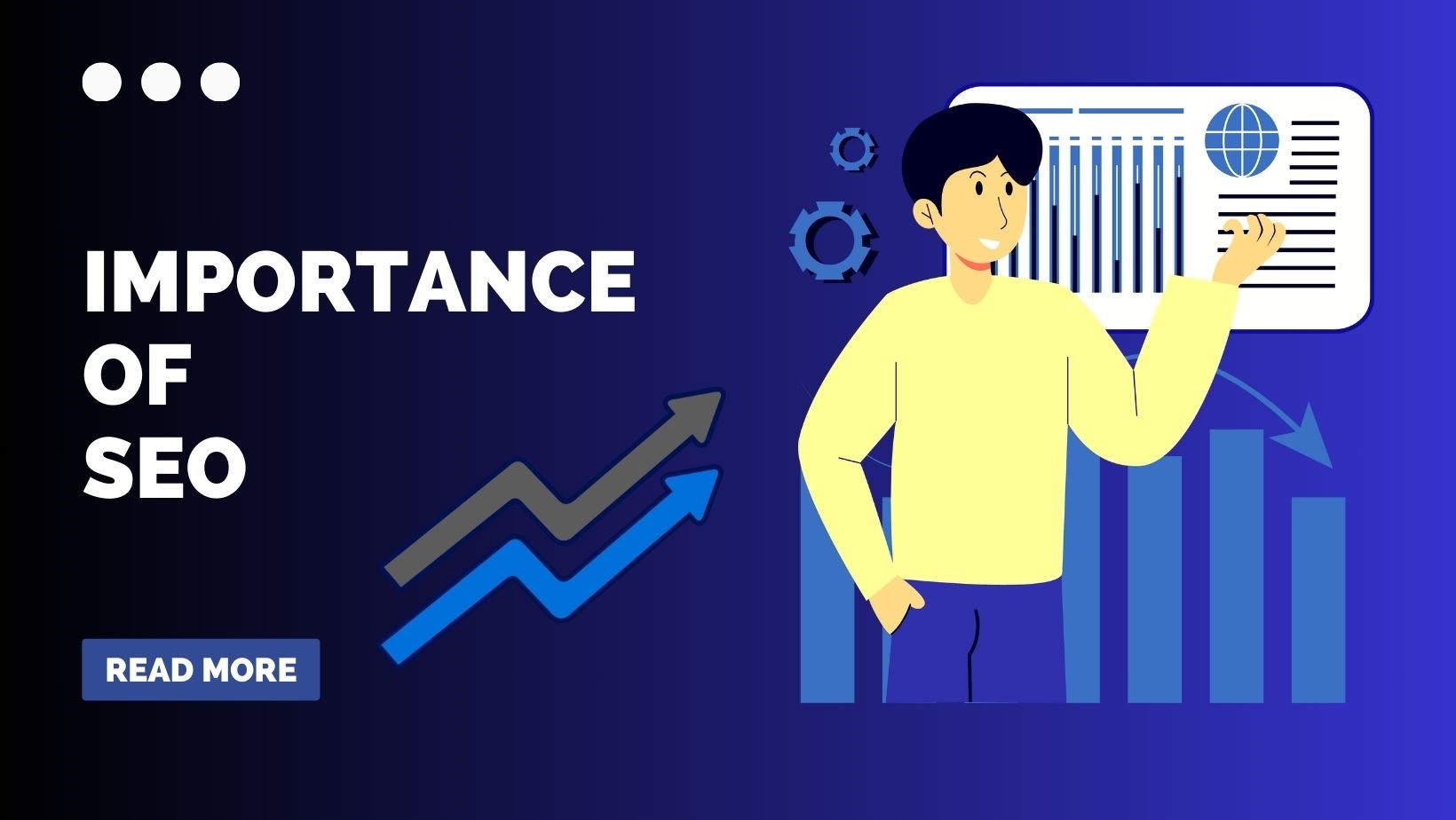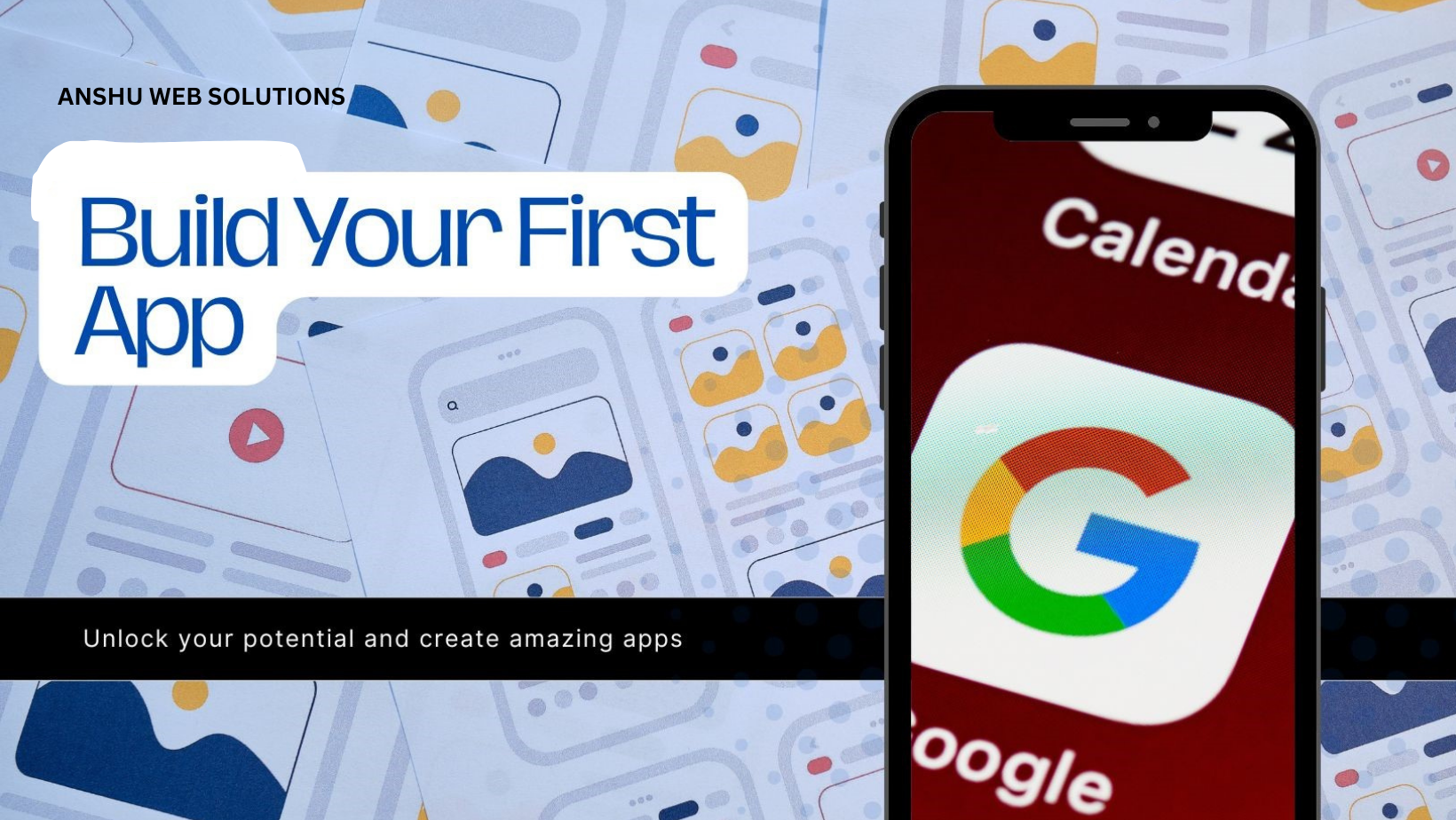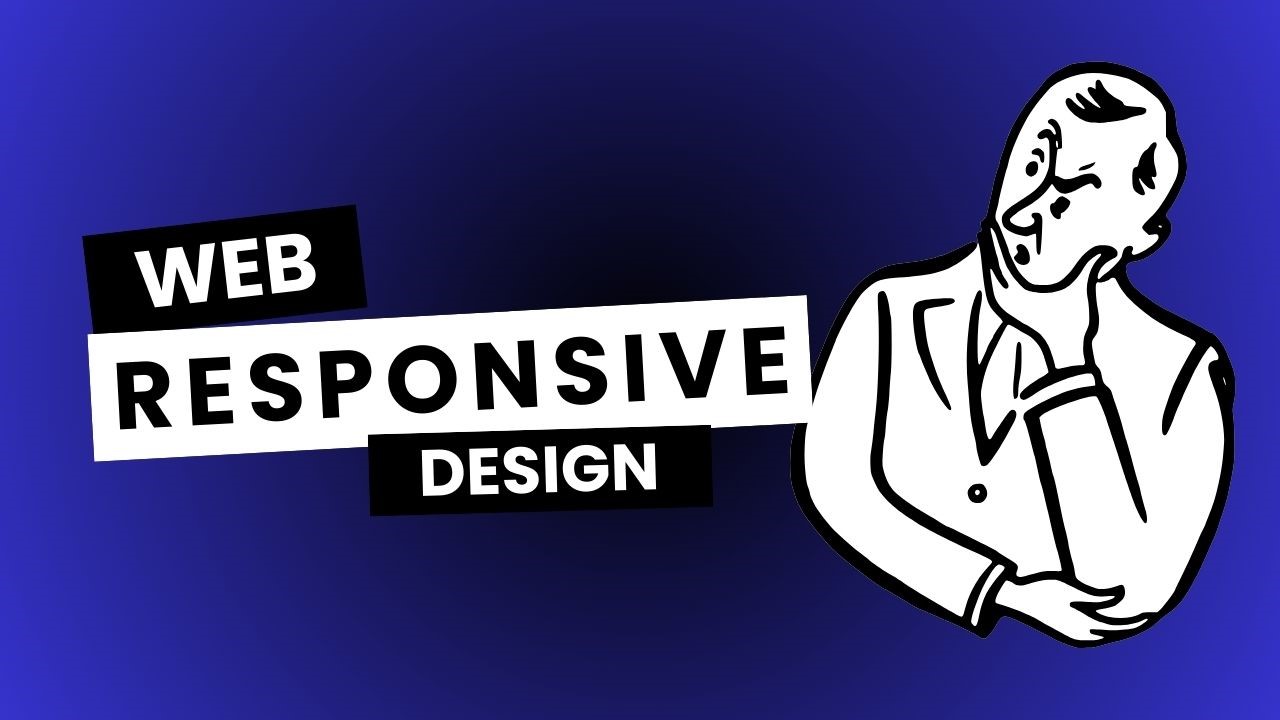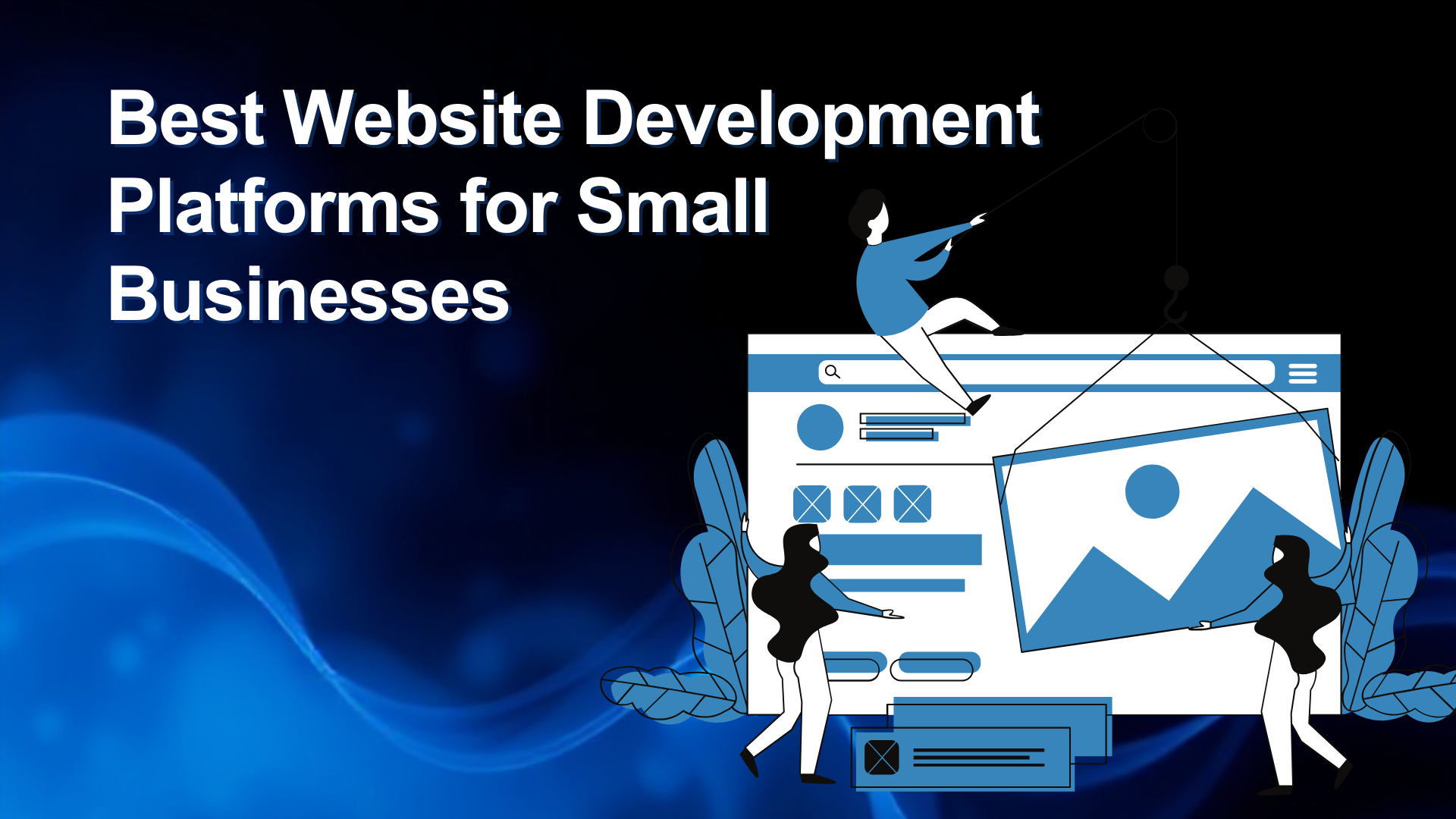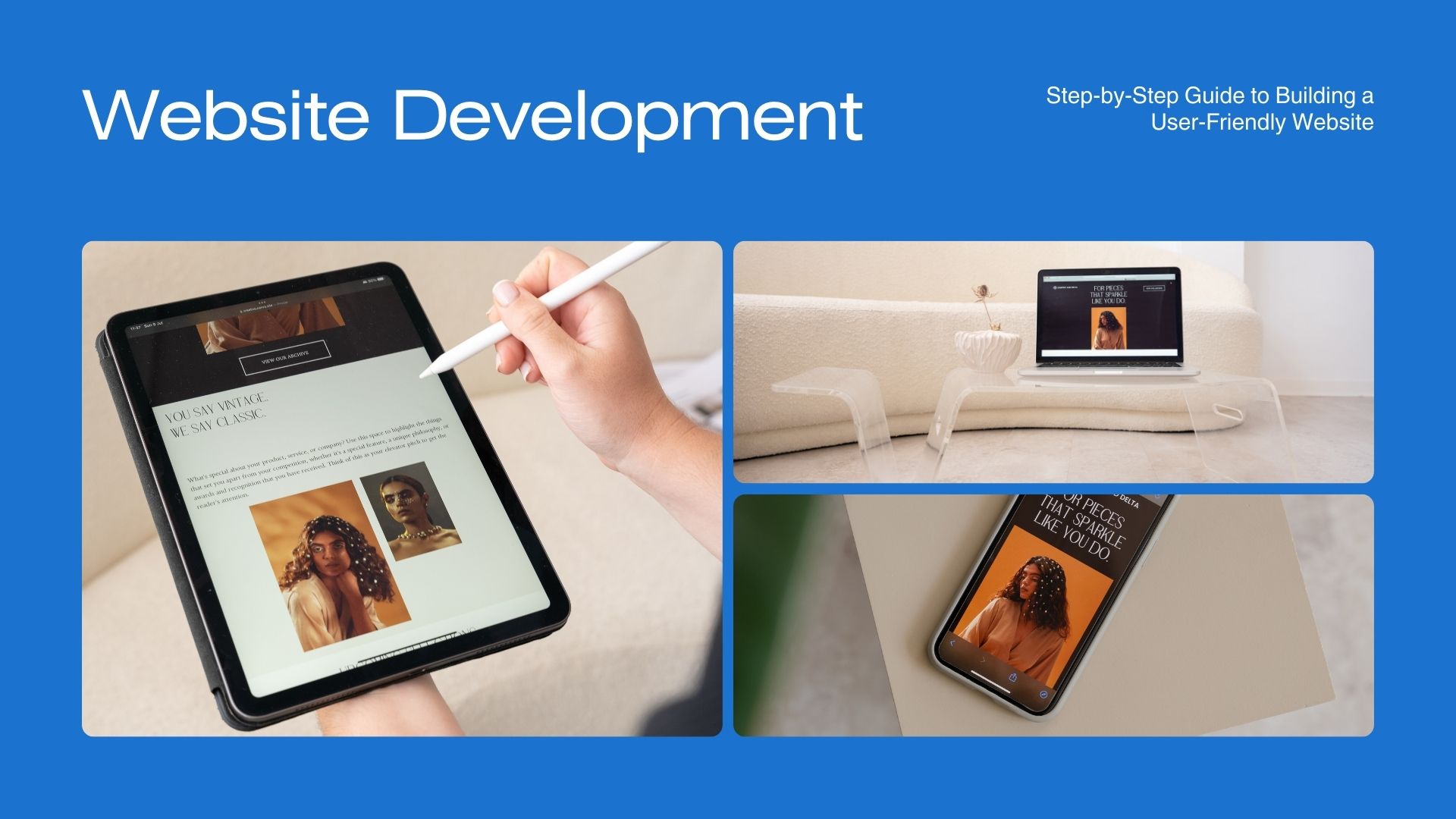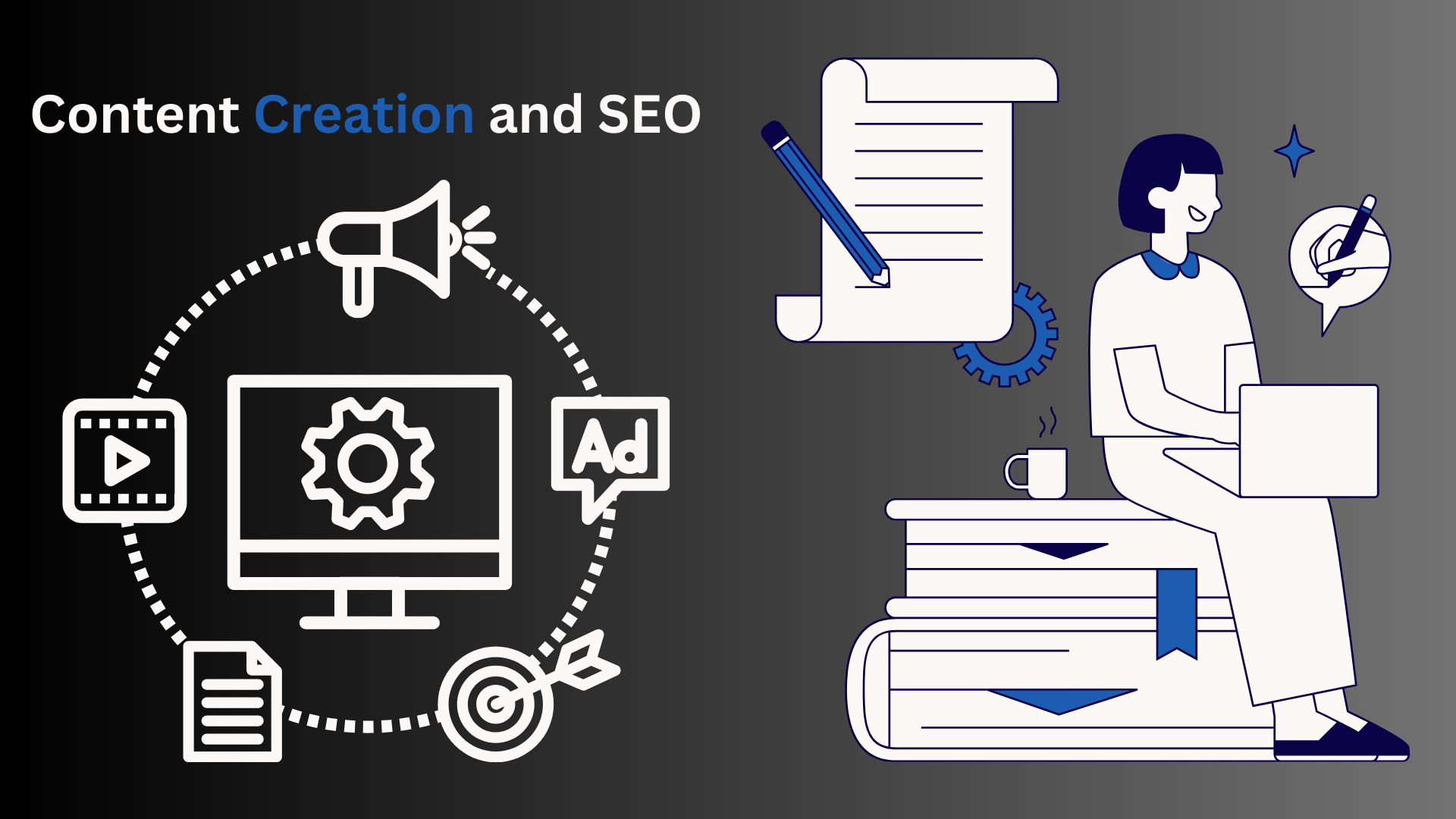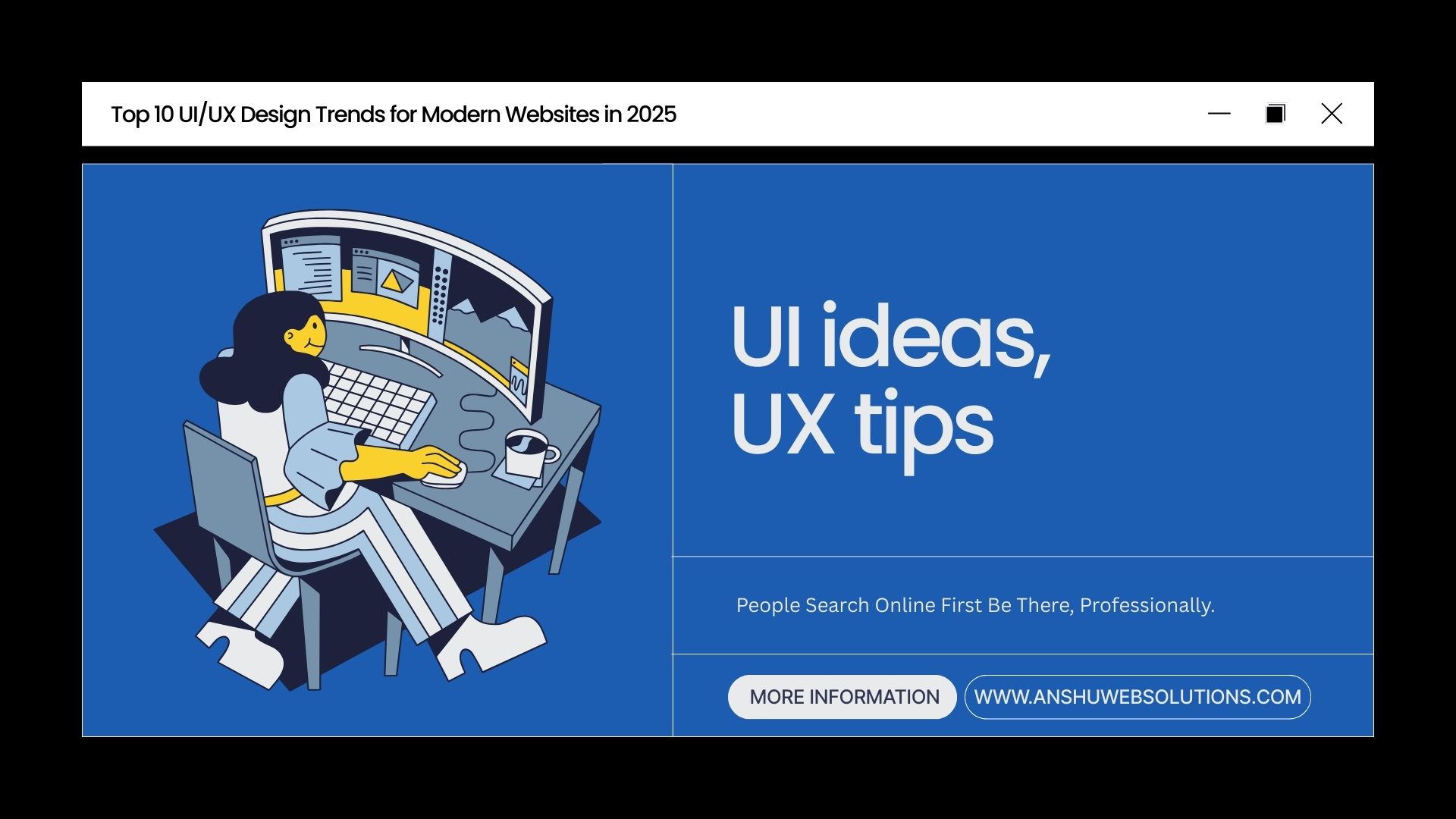
The online world is changing at light speed, as are the users' expectations. In 2025, sites will need to do more than just appear handsome?they will have to provide glitch-free, usable, and intelligent user experiences. Whether you are a web professional, a business owner, or a designer or developer, knowing the UI/UX trends can help you engage your audience, stay ahead in the competition, and provide services that cater to the ever-rising expectations.
These are the top 10 UI/UX trends that will characterize contemporary websites of 2025:
1. AI-Powered Personalization
AI is rewriting the rules on how users are engaging with sites. In 2025, anticipate more sites providing real-time content personalization?product recommendations, layout changes, and messages tailored to an individual's behaviors and preferences come to mind.
? Why it matters: It increases engagement and conversions through the sense of being understood by the user.
2. Voice User Interfaces (VUIs)
With the advent of smart assistants, VUIs are entering the realm of websites. Voice navigation and voice search will become ubiquitous, providing hands-free, speedier interactions.
? Why it matters: Convenience and accessibility for more users.
3. Dark Mode as Default
Dark mode is not a fad?it's becoming user-driven. It lowers eye strain, conserves battery on mobile, and provides websites with a modern, sleek appearance.
? Why it matters: Enhances readability and user comfort, particularly during nighttime browsing.
4. Micro interactions & Animated Feedback
Small animations, hover effects, or subtle sounds triggered by user actions bring the UI to life. These micro interactions make the interface intuitive and alive.
? Why it matters: Increases usability and makes the experience more delightful.
5. Minimalistic & Content-First Design
Clean designs with plenty of white space and strong typography remain the trend. The emphasis in 2025 is on providing value at once without distractions.
? Why it matters: Maintains users' concentration and enhances content accessibility.
6. Immersive 3D Elements & Interactive Visuals
With enhanced browser performance and speedier internet, 3D graphics and interactive elements such as scroll animations or product demonstrations will be more common.
? Why it matters: Builds compelling storytelling experiences and presents products in innovative ways.
7. Hyper-Personalized Navigation
Users want websites to "know" them. Intelligent menus that adjust according to usage habits, preferences, or location are the new norm.
? Why it matters: Minimizes friction and enhances usability.
8. Inclusive & Accessible Design
Accessibility is not optional anymore. 2025 designs will feature users with disabilities as a priority through improved contrast, readable typography, keyboard accessibility, and ARIA tags.
? Why it matters: Guarantees compliance and reaches more people.
9. Mobile-First and Thumb-Friendly Interfaces
As mobile usage becomes the majority, one-handed, thumb-friendly interfaces are on point. Look for sticky navs, gesture-driven actions, and big tap targets.
? Why it matters: Makes users more comfortable and lowers mobile bounce rates.
10. Sustainability-Focused Design
Green design is on the rise?lightweight pages, green hosting, and energy-friendly code minimize digital carbon footprints.
? Why it matters: Aligns your brand with environmental responsibility and performance optimization.
Final Thoughts
The future of UI/UX in 2025 is personalization, simplicity, and purpose. Trends will change, but user expectations of speed, accessibility, and delightful interactions do not.
Embracing these trends early will not only future-proof your site but also provide a better experience that will bring users back.
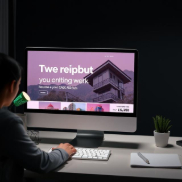





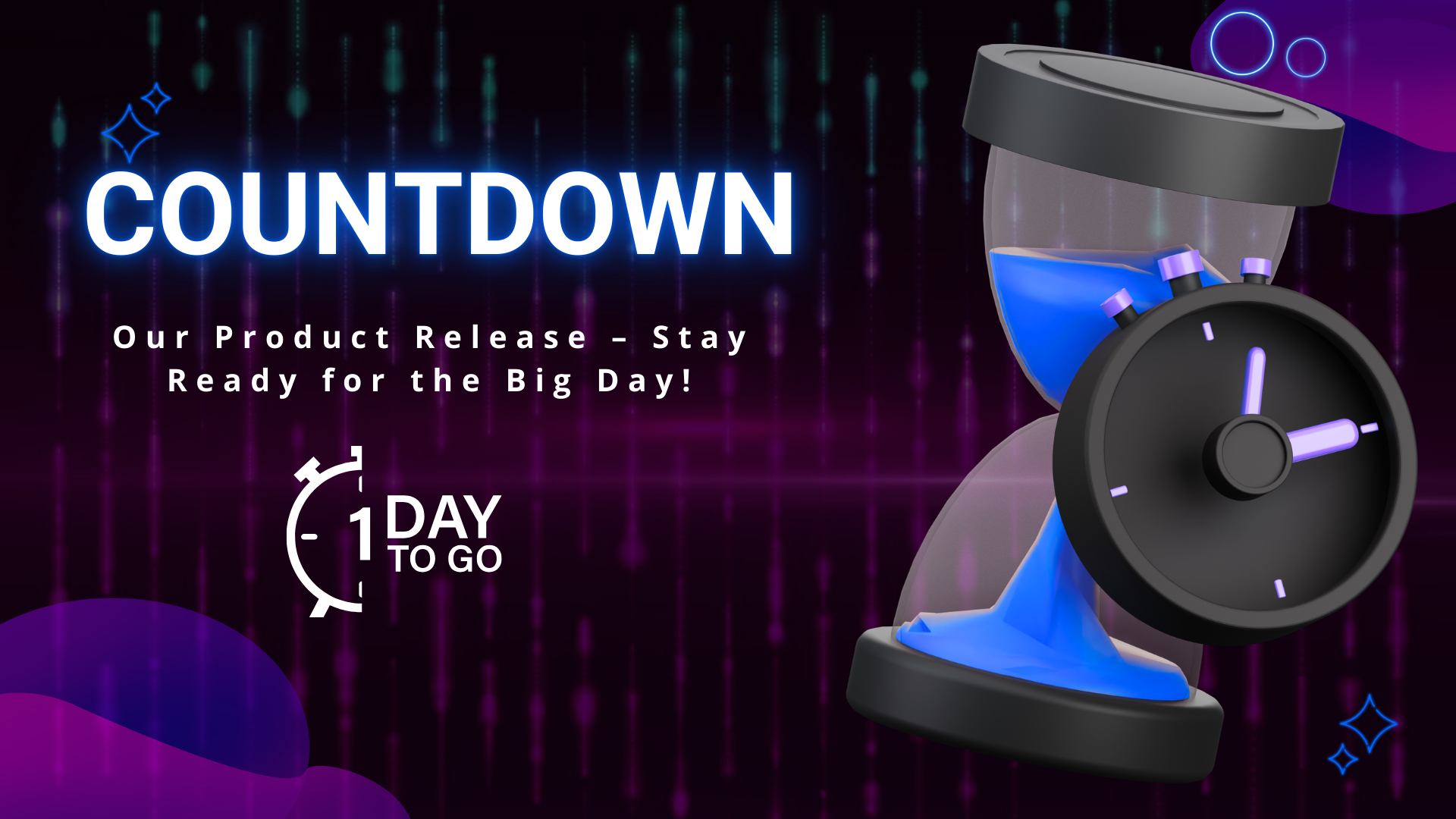
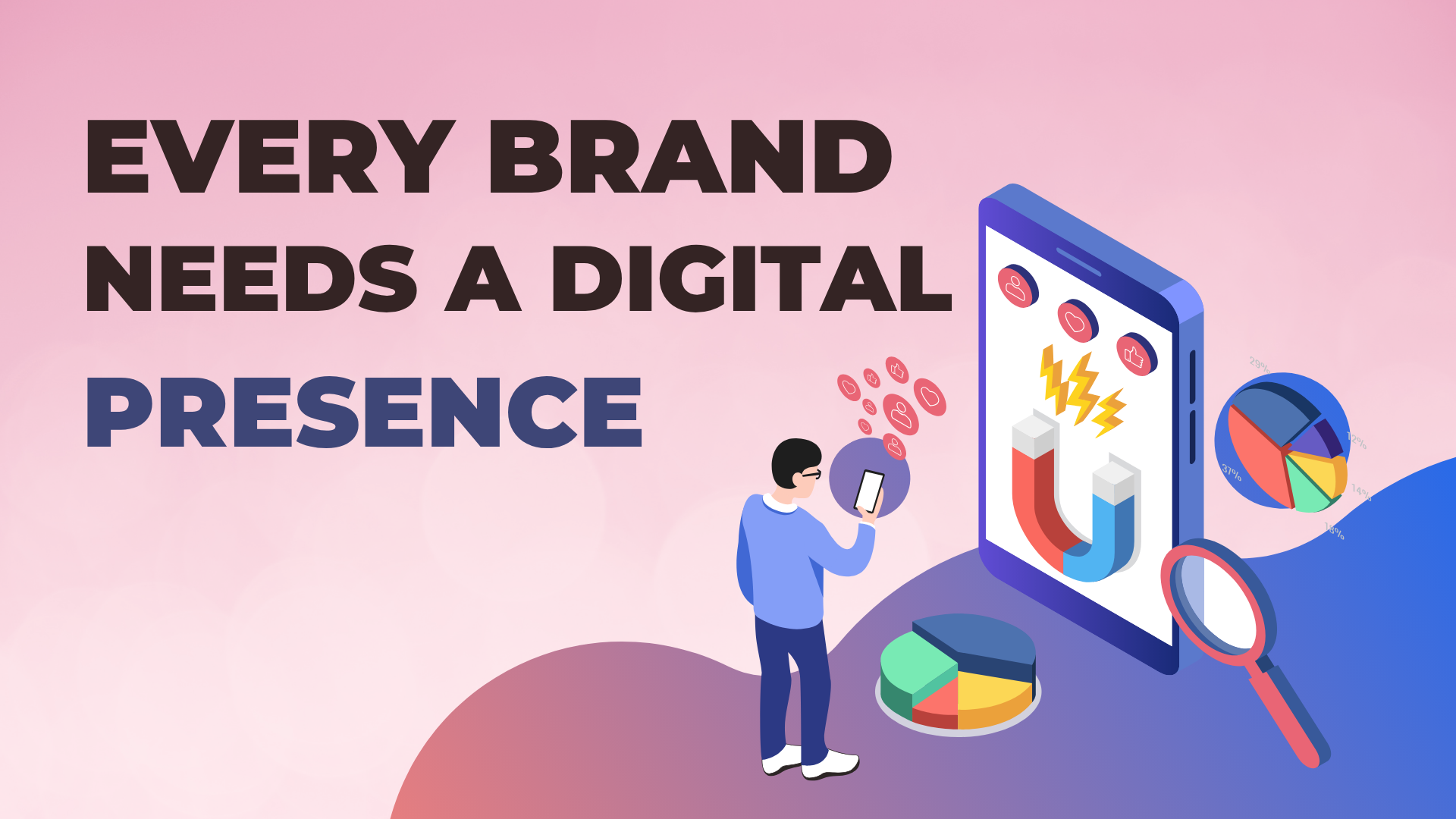

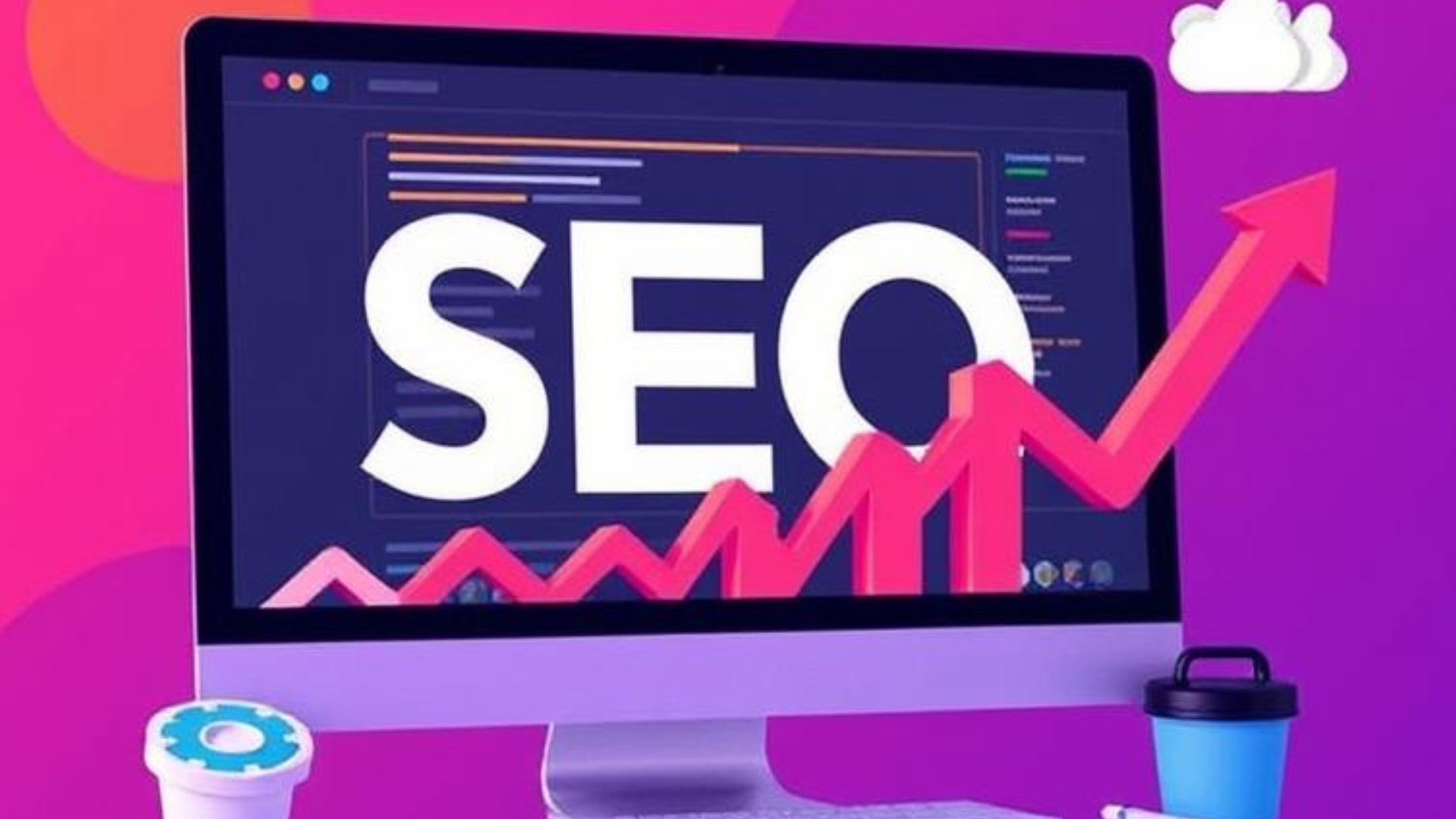
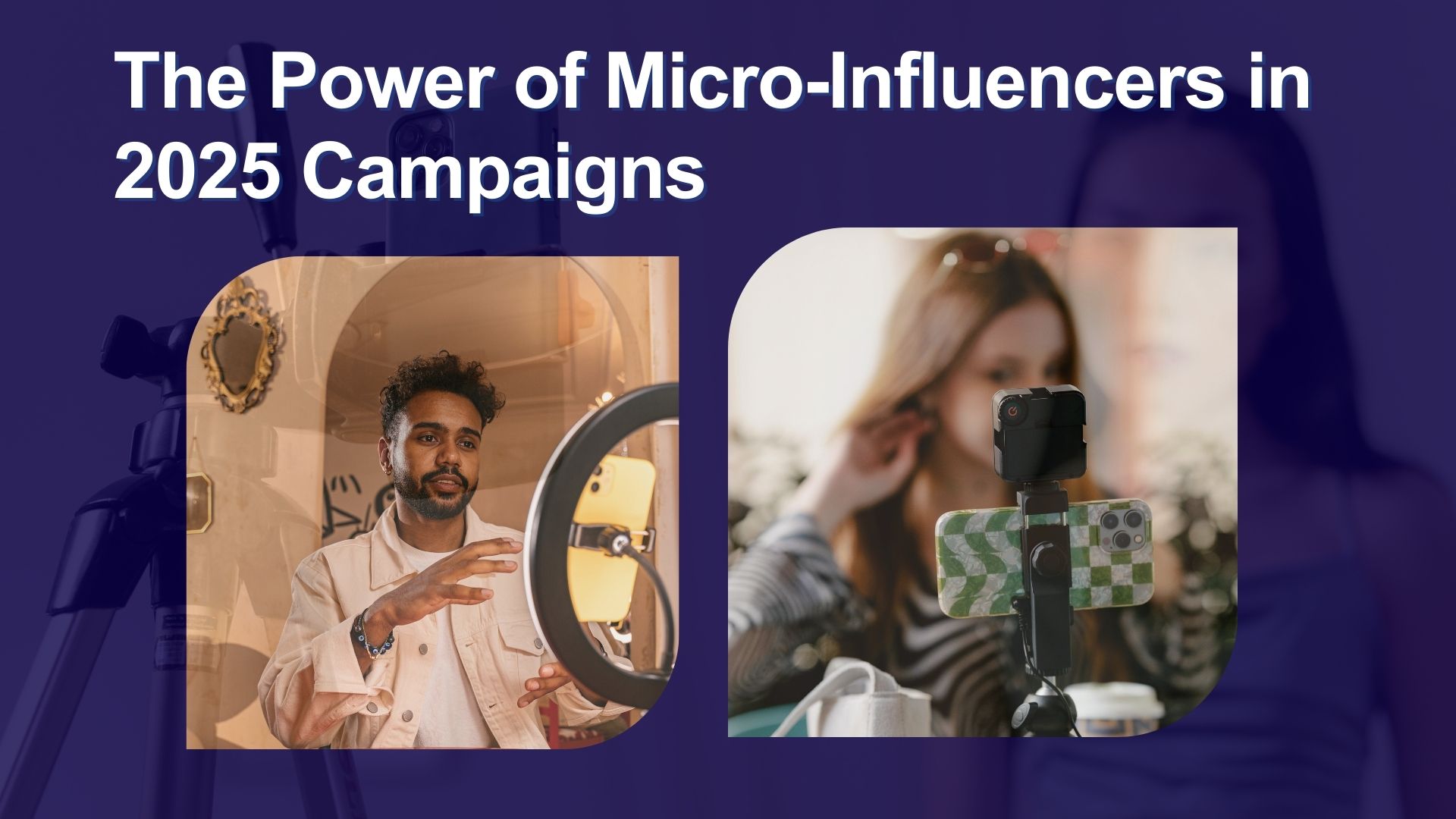
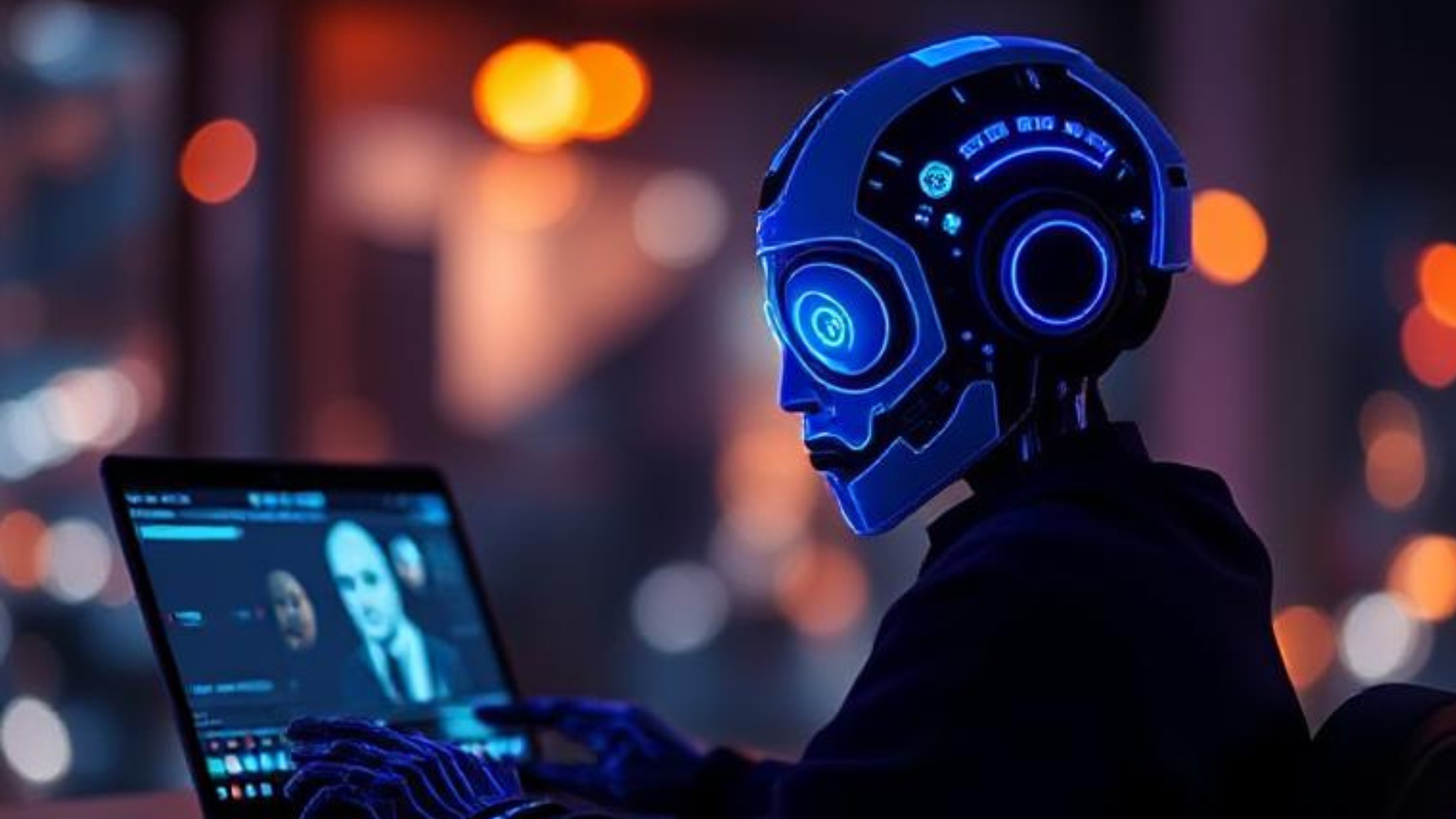

.png)
